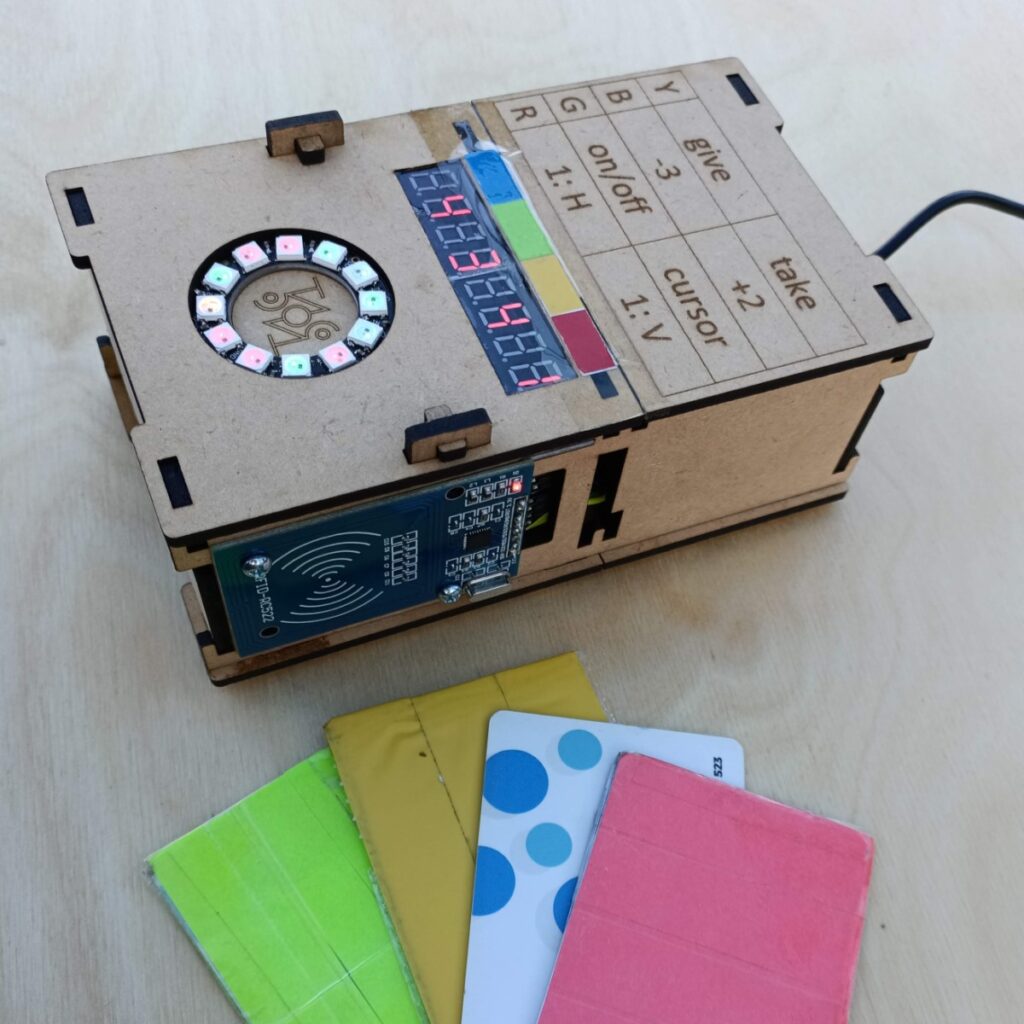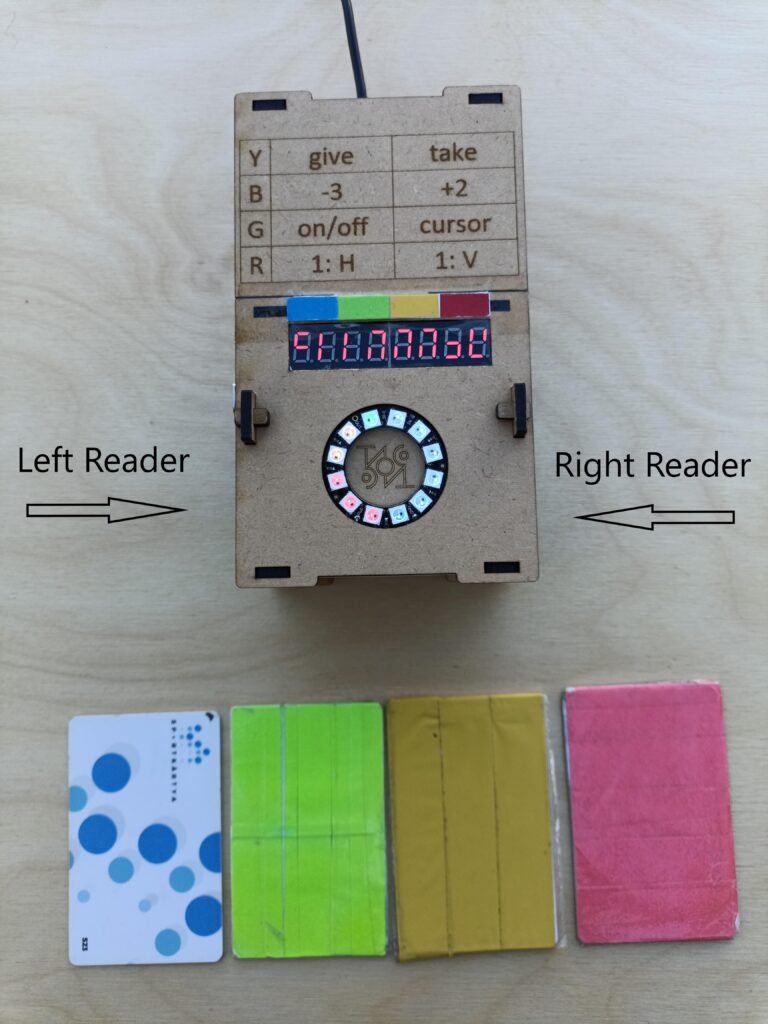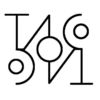RFID game

What is it?
This thing is a cooperative logic game with four types of puzzles. All of the puzzles use as much randomization as reasonable so that every round is somewhat unique but the rules are still the same.
The four players need to use their RFID cards on the two readers to call different functions. They need to work together against the game, because in each puzzle every card invokes just 1/4 of the functions needed to beat the game.
Why did I make it?
After building the robots described in the precious topics I wanted to create something not robot related. Something more interactive, more challenging which can keep the players involved for hours. 🙂
I might just should have written a PC game but I also wanted to make something real, like a board game, also a cooperative one, so it wouldn’t make conflicts but rather reinforce collaboration and communication. I also wanted every game to be a logic game, where people have to think, sometimes build a strategy together, complementing each other’s roles.
How can you play it?
The list of the parts
On the box there are:
- Two RFID readers: a left one and a right one – they make the interface of the game
- An 8 digit display
- A 12 pixel LED Ring
There are four colored cards:
one for each player and one to start each game.

Starting the game
First all the four players grab one card of their preferred colour. It does not matter which color they choose, because the functions associated with the cards will be randomly assigned. After powering the box on, they need to choose which game they want to play first. To do that the card of the chosen color should be placed to either of the readers.
- Yellow – 1/10
- Blue – 4/10
- Green – 6/10
- Red – 10/10
The games are more interesting to play than to read about them, so I don’t want to describe the specific gameplays.
I think it is even more interesting to play the games by finding out the functions of the cards by trying them on the readers and looking at the changes they make on the displays.
Although I am giving a hint or overview of what the four games are about:
- Yellow – 1/10 – is a transaction simulator.
- Blue – 4/10 – is math related (nothing hard).
- Green – 6/10 – is a puzzle game with shapes.
- Red – 10/10 – is about mirroring.
When I bring the game to different people to play it usually takes them about 1.5 – 2 hours to finish all four of them including the time of the explanations.
Summary
I thought a lot about whether the device should be considered a board game or rather a mobile escape room. Maybe the latter makes more sense. I think that the ideas behind each game could be used in a real escape room – maybe with different arrangement of the components or with completely different components.
I think the most important attributes of the games are that they all are:
- randomly generated
- puzzle/logic games
- cooperative
- and each game is designed in a way that every player’s action is equally necessary for the completion of each puzzle
